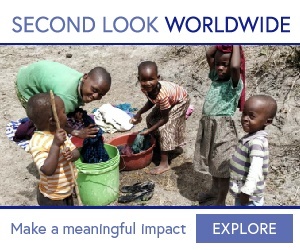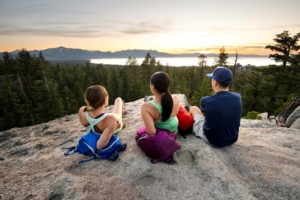On the fringes: When the City of Sedona’s tourism policy failed the urban outskirts
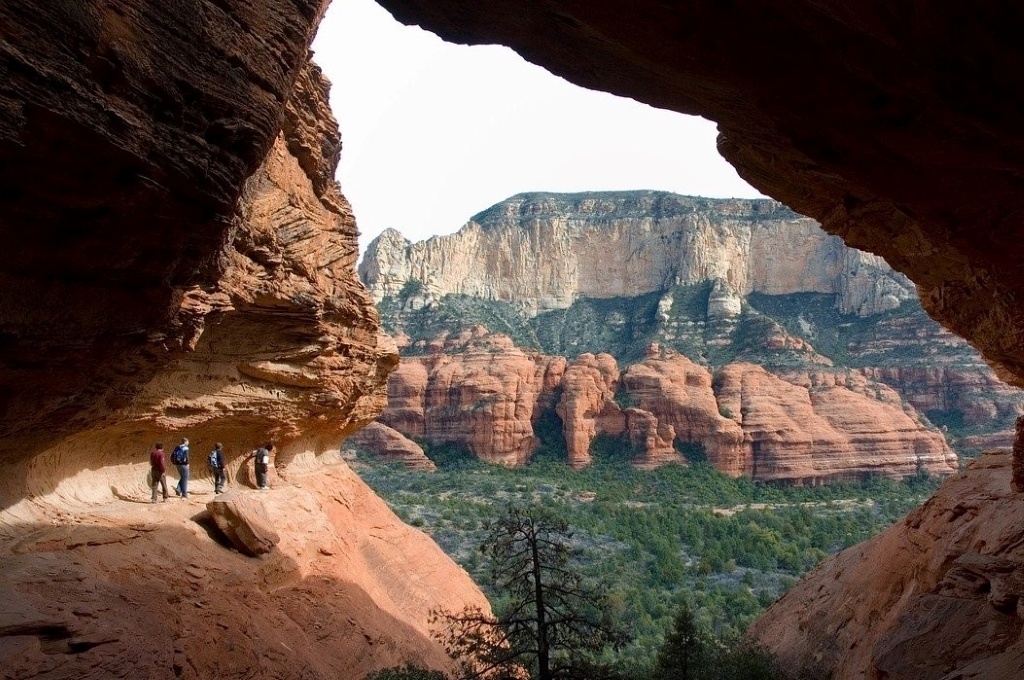
Arizona’s great outdoors is a draw for people escaping COVID lockdown. While the state’s cities and tourist towns reap the economic rewards, some places only see the downside as the masses pass through. How can tourism policy-makers account for the potential negative effects of inbound travel on those just outside a destination?
It’s a “Good Tourism” Insight by Tanner C Knorr of “GT” partners Second Look Worldwide and Off Season Adventures.
Sedona, Arizona has long been a popular destination. Now, during the COVID-19 pandemic, its stunning scenery and outdoor activities make it a tourist haven as indoor activities remain a challenge. This has resulted in a 24% increase in visitation over the last year and a half. While this unexpected increase may have had positive economic effects for the City of Sedona, it is not without its challenges for those at its fringes.
Even before COVID-19, the State of Arizona experienced tremendous population growth; at a rate that far surpassed that of the United States as a whole. With world-class attractions like the Grand Canyon plus increasing interstate and intrastate tourism demand, Sedona and its Highway 89A have become high-traffic areas. This has caused tensions between tourists and residents.
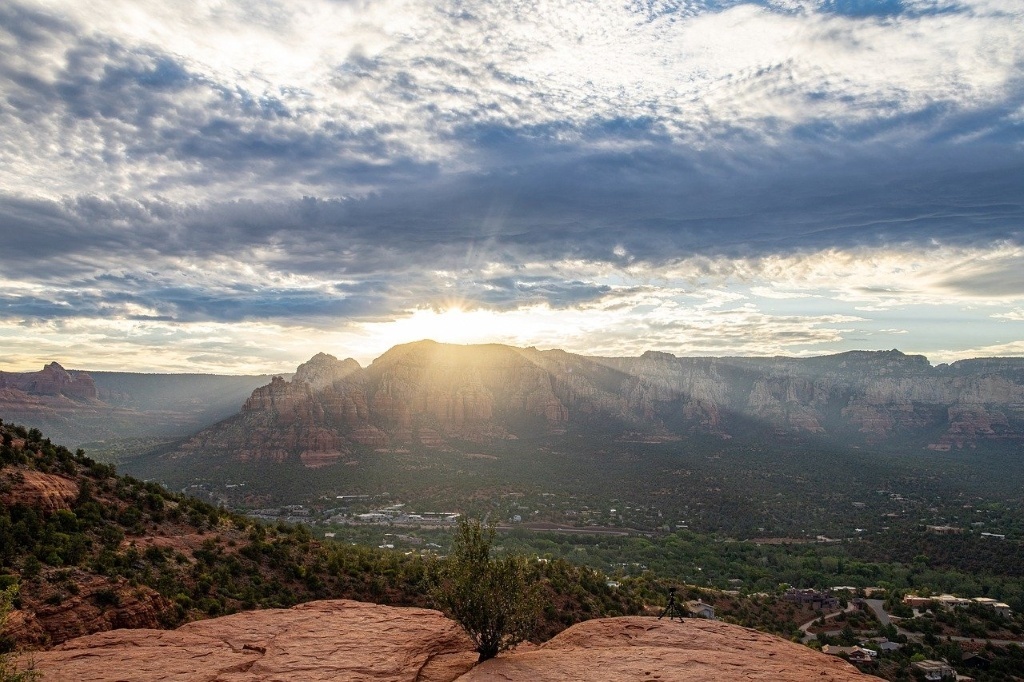
The tourism boom has brought about health and environmental challenges, including increased traffic emissions, overcrowding, garbage and waste issues, and concerns over emergency vehicle access in some areas.
Also see Carol Chaplin’s “GT” Insight
“Overtourism to no tourism and back: What is the ‘new normal’?”
In 2016, the Sedona Chamber of Commerce & Tourism Bureau (SCC&TB) and the City of Sedona started crafting the Sedona Sustainable Tourism Plan (PDF, hosted offsite) with the help of the Global Sustainable Tourism Council. The Plan was meant to ensure that resident, business, and tourist interests were itemised, managed, and developed in a way that produced favourable economic, environmental, and social outcomes.
The Plan even acknowledged that people living outside the city limits may be impacted by tourism development. One such place is Oak Creek Canyon, an unincorporated community about 15 minutes north of Sedona on the scenic Highway 89A, the only road that connects the two communities. According to the City of Sedona, 74% of visitors to Sedona in 2019 also visited Oak Creek Canyon.
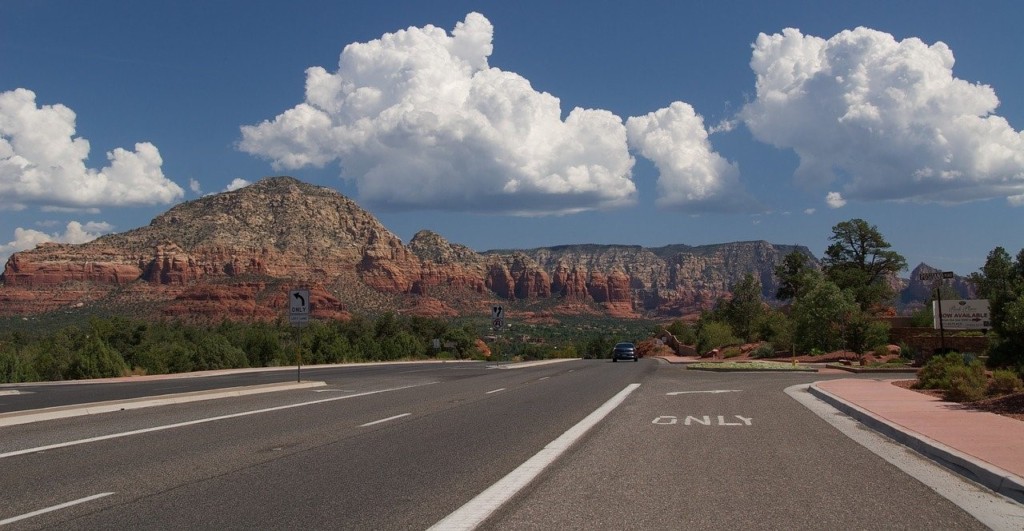
Day-trippers, primarily, drive to and through Oak Creek Canyon to hike around its namesake canyon, as well as nearby Slide Rock and Red Rock, or to look at them. The traffic, health, and environmental problems they produce in this area are mounting.
Also see Nirmal Shah’s “GT” Insight
“From overtourism to no tourism: What now for conservation?”
Yet despite the Sedona Sustainable Tourism Plan and several plans to improve 89A by the Arizona Department of Transportation, the City of Flagstaff, and the City of Sedona, negative resident sentiment continues to build in Oak Creek Canyon, particularly now. And residents have been regularly left out of the conversation.
One of the core problems is that Oak Creek Canyon lies just outside of the jurisdiction of the City of Sedona. In that case, how can residents gain representation?
Tourism policy-making is tricky
Tourism policies are tricky documents to get right. Policy-making is political in and of itself, of course. Individuals, organisations, and stakeholder groups involved in tourism policy-making often have conflicting notions about what’s important to develop and manage and/or how best to develop and manage them.
Tourism policy-making and policy implementation is also susceptible to broader politics within and outside the destination. If a tourism policy is too broad it will overlap and potentially contradict other policy areas, such as transportation, which have their own policy-making frameworks and priorities. Furthermore, tourism policies are often created for economic reasons — jobs and business — with little consideration of the potential social and environmental effects.
Also see Kristin Dunne’s “GT” Insight
“Planning tourism with purpose & love”
All of these problems certainly make it difficult to create and implement policy likely to produce truly sustainable tourism outcomes for all. And, as the Sedona and Oak Creek Canyon case highlights, while a destination’s tourism policy may make sense for most within the destination, it can impinge upon the political, economic, social, and environmental interests of those adjacent to it (or even further away).
Acknowledging and addressing needs and voices on the fringes or outskirts of a destination is something that may not always occur.
Outsiders heard but not listened to
Fortunately, after continual pressure applied by Oak Creek Canyon residents on safety and governmental agencies, they now have regular stakeholder meetings with representatives from the State of Arizona, their county, and even the City of Sedona to address their aforementioned concerns. This representation is unique and welcome but it is unclear whether residents are seeing the change they seek to achieve. They are being heard, but are they being listened to?
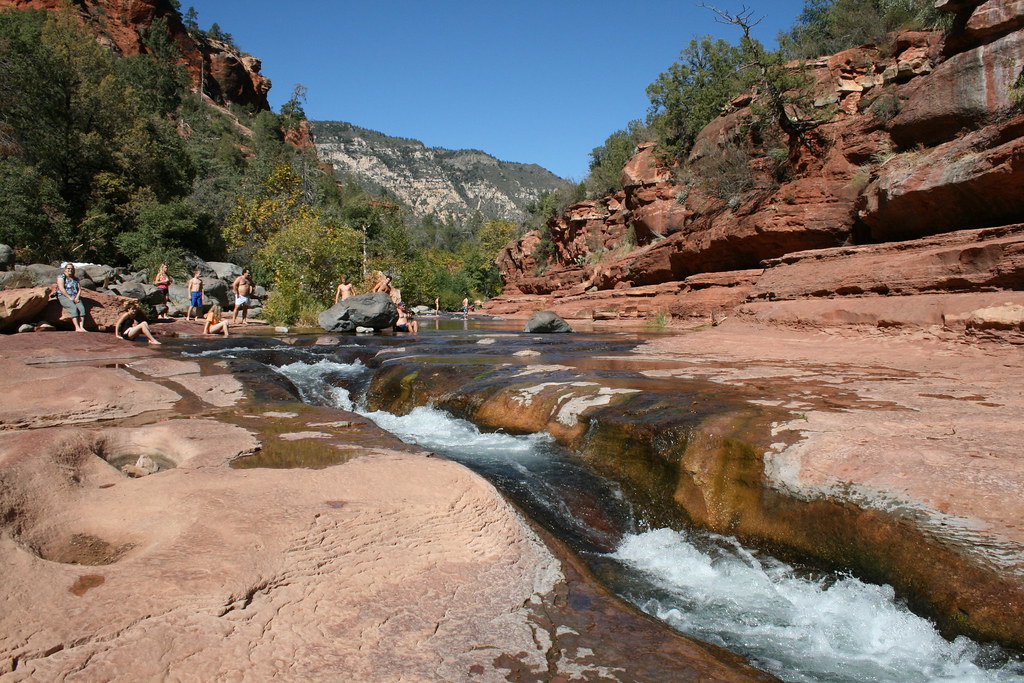
Sedona, I believe, has a responsibility to not only its citizens and visitors, but also to those on its fringes. I wonder how many other destinations are dealing with this issue. Globally, how are destinations balancing the needs of residents with the needs of those who live outside? Is it in a destination’s interest to listen to those living on the outskirts?
Also see Jim Butcher’s “GT” Insight
“Tourism’s democratic deficit”
There is little in the way of research or case studies focused on this problem. What there is throws up mixed conclusions and inconclusive results.
Additional research should be conducted in this area to better understand how to incorporate the concerns of outsiders in policy-making. Findings could have important implications for destinations worldwide as they strive to address local circumstances and priorities in the broader context. They might also help bridge the gap between sustainable tourism theory and practice.
What do you think? Share a short anecdote or comment below. Or write a deeper “GT” Insight. The “Good Tourism” Blog welcomes diversity of opinion and perspective about travel & tourism because travel & tourism is everyone’s business.
Featured image (top of post): Loy Butte is to the northwest of Sedona, Arizona. (Oak Creek Canyon is to the north.) There are remarkable rocks and spectacular scenes all around Sedona. By Sunfellow (CC0) via Pixabay.
Downloads
- Sedona Sustainable Tourism Plan (PDF, host offsite)
About the author

Tanner C Knorr is owner & founder of the sustainable tour operator and “GT” Partner Off Season Adventures and president of “GT” Insight Partner Second Look Worldwide, a 501(c)(3) not-for-profit organisation that ensures the benefits of tourism are realised in local communities by sponsoring infrastructure improvements. Off Season Adventures keeps more than 90% of tour costs within host economies and contributes significantly to conservation within destinations. Extensive stakeholder meetings and international partnerships go into his work with both organisations.
With a Bachelors in Archaeology and a Masters in Administrative Studies (Economic Development & Tourism Management) from Boston University, Tanner has assisted in teaching tourism-related subjects at Harvard Extension School and Arizona State University. He is now a PhD Student at Arizona State University (Community Resources & Development, concentrating in Sustainable Tourism).


